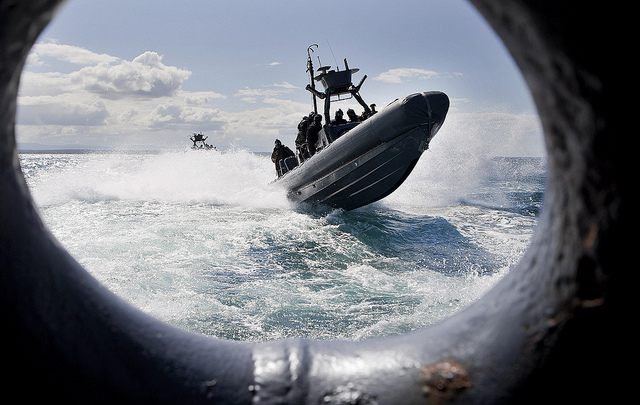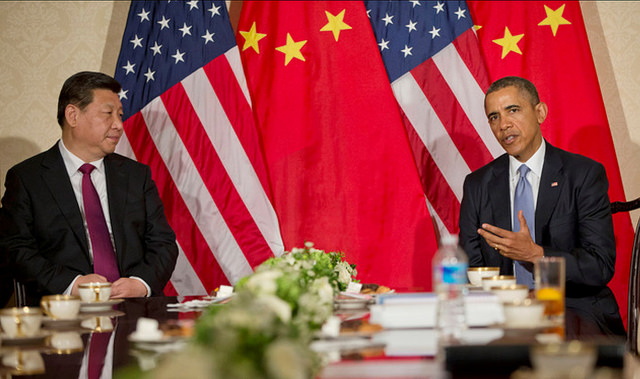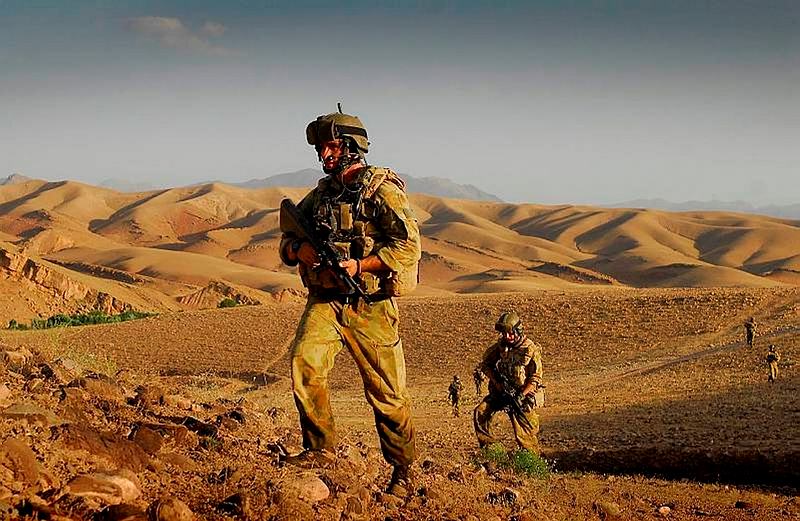Two cheers for Forward Defence
Was Australian strategy in the third quarter of the twentieth century, generally known as forward defence, a strategic disaster? After the fall of Saigon in 1975 the concept of ‘forward defence’ was widely discredited, along with almost anything that could be associated with the Vietnam War, including the domino theory, the American alliance, the idea of a strategic insurance policy, even the Anzac tradition.
Forward defence, it was alleged, was a clumsy synthesis of the Red Peril and the Yellow Peril, a crude assessment that ‘we should fight them up there before we have to fight them down here’. And it was scorned as an example of Australia’s eagerness to fight ‘other people’s wars’, as we obsequiously genuflected to both Britain and the US.
ASPI has today published a Strategy paper I have written on ‘Learning from History: some strategic lessons of the forward defence era’. In the paper I suggest that we should take a fresh and slightly broader look not just at the Vietnam War but at the whole forward defence era.
If we take this broader view, we will see that the strategy of forward defence led not only to the notorious quagmire of Vietnam, but also to two other military commitments in the region: the Malayan Emergency of 1948-60, and the Indonesian Confrontation of 1963-66. In each case Australia gained significant strategic benefits at a low cost. As individuals, we usually remember our successes more clearly than our failures, but our collective memory seems to do the opposite.
Why did we get better results in two commitments than in the third? I suggest that a large part of the answer lies in the distinction between strategy and statecraft. By strategy, I mean something like what the British sometimes call grand strategy and the Americans call national strategy—a general strategic concept that indicates how a nation sees its place in the world, how it defines its national interests and how it will use its hard and soft power assets to protect and promote those interests. For any nation, that strategy will try to strike the right balance between resources and commitments. For Australia, there’s always an added imperative, to strike the right balance between our global alliances and our regional relationships.
In the decades after the Second World War, a strategy like forward defence made a good deal of sense. The combination of the rapid decolonisation of the European empires and the Cold War was creating a political cauldron in Southeast Asia. The combination of nationalism, communism and local rivalries made the regional situation both difficult to comprehend and clearly important for Australian security.
The ‘organising principles’ of the forward defence strategy were more sophisticated than simply ‘fighting them up there before we have to fight them down here’. First, the Australian government made a conscious decision that its strategic focus would be on the region. Australia would only commit military forces in Asia—after the Korean War, only in Southeast Asia. Despite British pressure, a commitment to the Middle East–Mediterranean theatre, so familiar from two world wars, was ruled out.
But Australia would only commit military forces to Southeast Asia alongside Britain or the United States or preferably both. As Canberra saw it, Australia wasn’t in the business of fighting ‘other people’s wars’. Rather, we were trying to ensure that our great and powerful friends would remain committed to our region, so that Britain and Washington would help fight our wars.
Nevertheless we didn’t want to be seen as part of a ‘white man’s club’ shaping the future of Asia. Australia wanted to be part of a broader coalition, which included Asian nations, and preferably with the sanction of a multinational organisation, such as the United Nations or the Commonwealth or the Southeast Asia Treaty Organisation (SEATO).
The difference between the outcomes in Malaya, Borneo and Vietnam arose, to a considerable extent, from the statecraft with which those principles were applied. It relates to questions like these: To what extent did Australia exercise its own political and military judgement about the situations in Southeast Asia where a commitment was being considered? To what extent, and how effectively, did we exercise independent diplomacy in the region? How well did Canberra coordinate its diplomatic, military and political strategies? Was Canberra cautious or reckless when making military commitments to its allies? Was policy made by robust discussion between the relevant ministers and departmental officials, or were important policymakers excluded or marginalised? Which came first—developing sound foreign and defence policies, or seeking short-term electoral benefits at home?
I suggest that the answers to those questions were very different in the cases of Malaya and Borneo on the one hand, and Vietnam on the other. Moreover, there was a direct link between the skill of the statecraft and the success or otherwise of the commitment.
Historians are usually reluctant to draw straight lines between historical experience and contemporary affairs, but since ASPI is designed to give advice on current policy, I end with a few ‘lessons learned’. They include some thoughts on the basic requirements of both strategy and statecraft, including the roles of Prime Ministers, Foreign Ministers, their Cabinet colleagues and their respective departmental advisers in the policymaking process. There are some suggestions concerning the need to keep long-term goals in mind alongside immediate political pressures.
And I conclude by congratulating the government on commissioning official histories of the Timor, Iraq and Afghanistan commitments (as I had called for in previous contributions to The Strategist). The new ASPI paper is a distillation of some of the strategic arguments in my book Australia and the Vietnam War, which is in turn a distillation of the nine-volume official history of Australia’s Southeast Asian conflicts, especially the two volumes on politics, strategy and diplomacy. If these new official histories are written under the same conditions as previous series, with full access to records and without official or political censorship, they should help to promote constructive debate about our strategic policies and policymaking. Thus can we learn from history.










